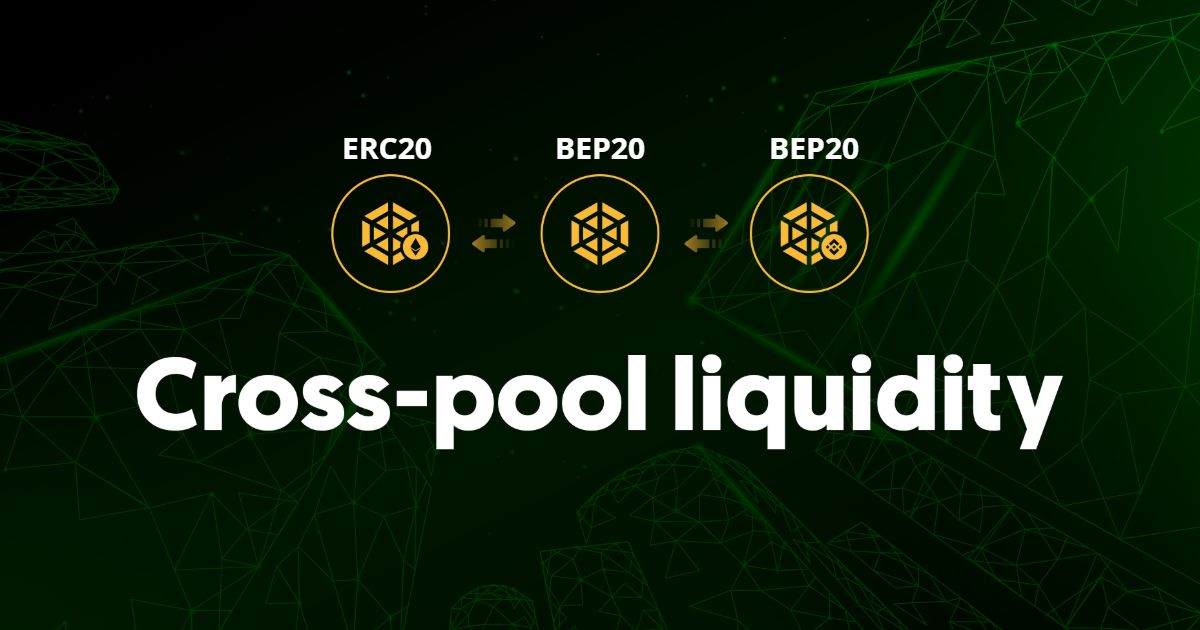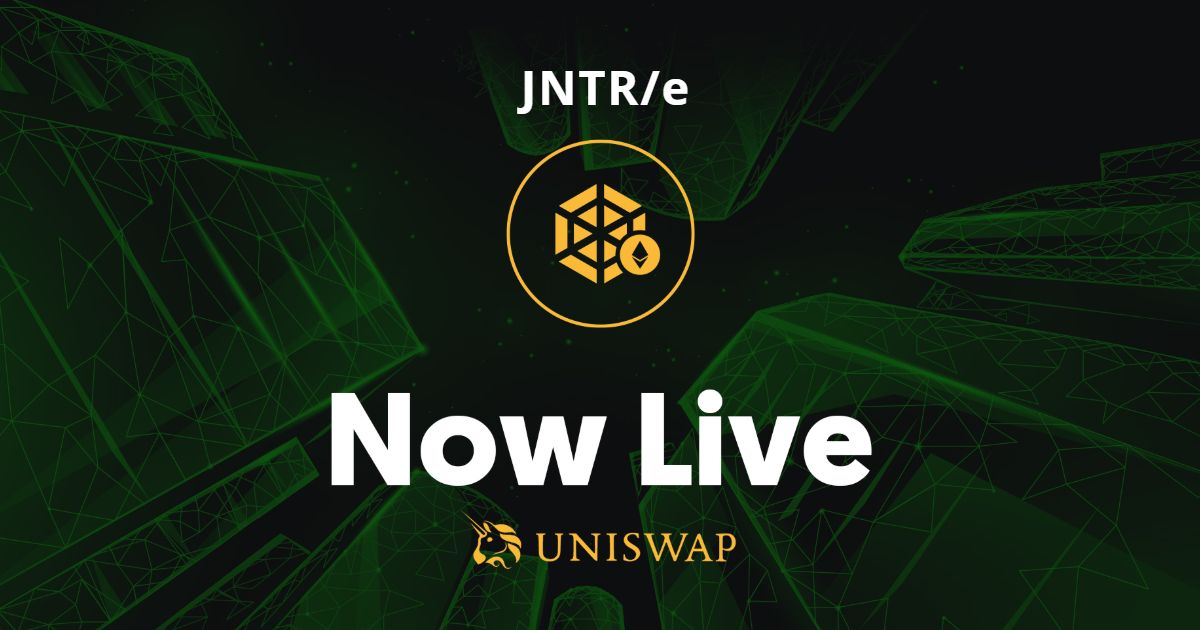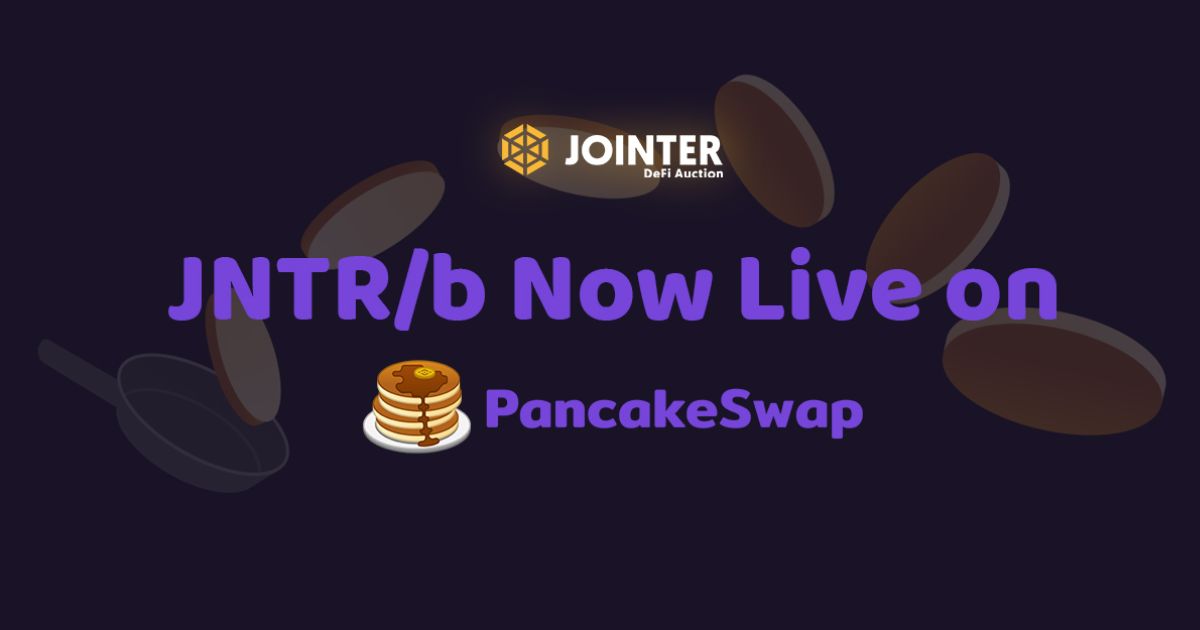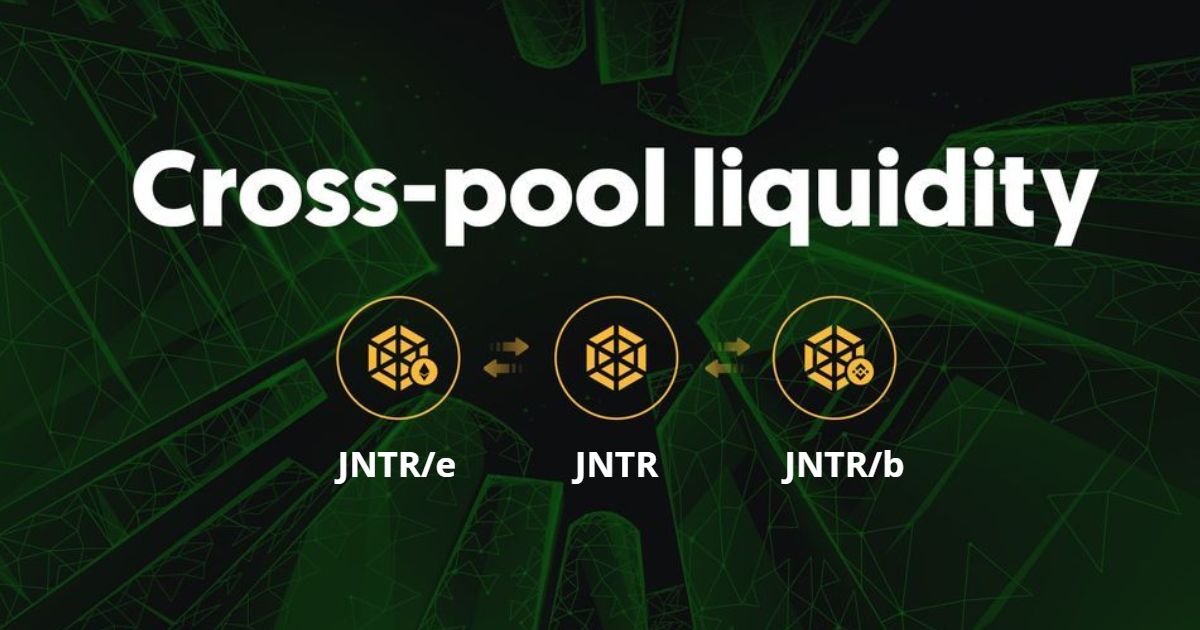
@defiauctionsJointer DeFi Auctions
World’s First DeFi DAO based on Commercial Real Estate
By adding UniSwap liquidity to BSC, JNTR, JNTR/b, and JNTR/e investors are presented with new DeFi options bridging ERC20 and BEP20 pools.

After receiving initial community success in Binance Smart Chain (BSC), through the growth of unique holders to over 3,500, Jointer launched JNTR/e, a wholly decentralized liquidity bridge on the Ethereum blockchain. The uniqueness about the JNTR/e bridge is not that it is ERC20 but rather that it serves at a 1:1 ratio across Jointer’s JNTR bridge ecosystem.
What is the JNTR Bridge Ecosystem?
Decentralized pools like UniSwap on Ethereum and PancakeSwap on BSC are continuing to see traffic and volume increases. Unfortunately, because token issuers are using their native tokens, there is incentive for issuers to manipulate and cash out at the expense of investors.
Jointer saw the value in the pools and knew that there had to be a solution to remove more risk for investors. In order to remove incentives for early investors and team members, Jointer completely restricts their ability to access the pools in the first place, then burns the relay token or LP token.
In order to remove any of Jointer’s influence or control, the idea of creating decentralized JNTR bridge tokens began to show promise and possibility. The JNTR bridge tokens like JNTR/b and JNTR/e restrict founders, employees, advisors, and early investors from accessing them through locking their pre-minted tokens behind a perpetual gateway which denies conversion to any JNTR bridge token.
Furthermore, because all tokens in the JNTR bridge ecosystem carry a 1:1 relationship to each other and to JNTR, there is a natural arbitrage across all the blockchains and JNTR’s steady face value. Now, the beneficiaries of this arbitrage are not the largest bag holders, rather it is the community that gets to derive the arbitrage and liquidity value from JNTR/b, JNTR/e, and the subsequent JNTR bridge tokens.
The community has reacted strongly to the long term protocol Jointer has put in place. Since launch, JNTR/b reached a level of over 160X returns and JNTR is currently at 38,000%.
All the JNTR bridge tokens will be minted the same: 1,000,000 starting supply with a percentage reserved for community airdrops with the team, advisors, and early investors being restricted from participation forever.
What is JNTR/e?
JNTR/e is a wholly decentralized bridge token created to provide liquidity and increased access to the Jointer Syndication Economy. Due to JNTR/e being decentralized, it has the ability to list on decentralized exchanges and participate in decentralized finance pools and swaps like UniSwap.
JNTR/e carries a 1:1 relationship with JNTR and all other JNTR bridge tokens meaning 1 JNTR/e will always equal 1 JNTR or JNTR/b, etc. Because of the unique relationship between JNTR/e and the JNTR ecosystem a natural cross-chain swap is introduced. This means users can pool liquidity from across AMM’s and blockchains for all the tokens in the JNTR ecosystem.

What is JNTR/b?
JNTR/b is a wholly decentralized bridge token created to provide liquidity and increased access to the Jointer syndication ecosystem. Due to JNTR/b being decentralized, it has the ability to list on decentralized exchanges and participate in DeFi pools and swaps like PancakeSwap.
JNTR/b also maintains a 1:1 relationship with JNTR and all other JNTR bridge tokens meaning 1 JNTR/b will always equal 1 JNTR or JNTR/e, etc.

What is JNTR?
Jointer’s flagship token is JNTR which powers the universe’s first Commercial Real Estate DeFi DAO. JNTR is a financially engineered decentralized protocol layer on top of the Binance Smart Chain developed as the exclusive payment method to facilitate trades of Jointer’s stocks (JNTR/STOCK) and bonds (JNTR/ETN) as well as provide liquidity for the JNTR/b and JNTR/e bridges.
JNTR’s face value changes based on the liquidity reserve’s calculation every time investors directly purchase JNTR through the daily Auction or through SmartSwap. The face value carries an exponential return potential along with a low risk profile, providing an uncorrelated hedge against volatility in the real estate and crypto markets.
Although holders of JNTR are not entitled to the securities or properties, the JNTR asset is the only method of payment to buy and sell JNTR/ETN or JNTR/STOCK, placing JNTR at the center of the Jointer Syndication Economy. While JNTR is not directly linked to properties it is the only payment method for the asset-backed securities providing indirect face value protection.
The JNTR token requires whitelisting for which Jointer developed another world’s first, Reverse KYC. This Reverse KYC process helps keep Jointer compliant and stops money laundering in its tracks.
What is cross-pool liquidity?
Cross-pool liquidity is when users are able to find liquidity across blockchains and across AMM pools like Uniswap on Ethereum and PancakeSwap on Binance Smart Chain.
Jointer’s JNTR bridge ecosystem creates cross-pool liquidity from Uniswap to PancakeSwap with the need to wrap tokens giving investors full control over their funds.

How to swap between the bridge ecosystem?
Jointer created a cross blockchain swap which is powered by their not-for-profit, Element Zero. The cross chain swap, branded SmartSwap allows users to swap, fee free, across ecosystems. In the future, Element Zero will even reimburse gas with their native currency, Zero/1.
Where can you get JNTR ecosystem tokens?
Jointer’s DeFi Auction currently runs daily, offering daily incentives to win JNTR with discounts and bonuses.
JNTR/b is currently live on PancakeSwap
And JNTR/e is currently live on UniSwap with a buy one get one airdrop ongoing.
Once users obtain any token in the JNTR ecosystem, they will be able to swap it for other JNTR bridge tokens, even cross chain from ERC20 to BEP20 in one click with SmartSwap.
Jointer has focused on the buidl with purpose mission CZ, the founder of Binance, intended for Binance Smart Chain. In order to see the result of the conscious buidl, visit here.
